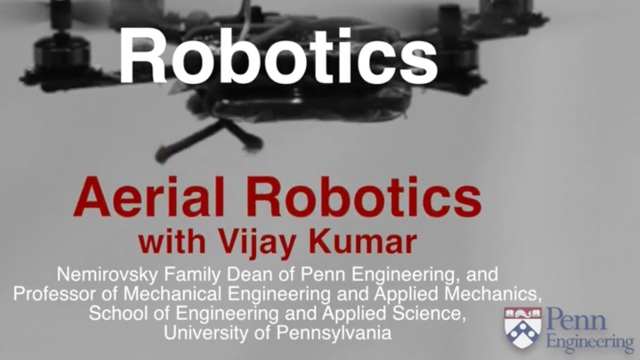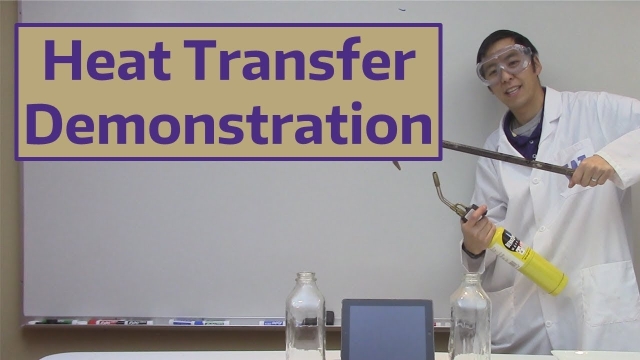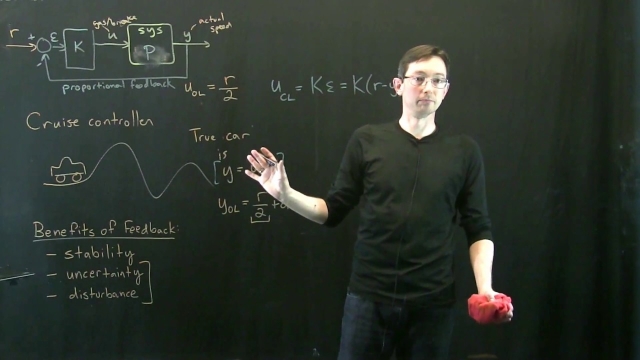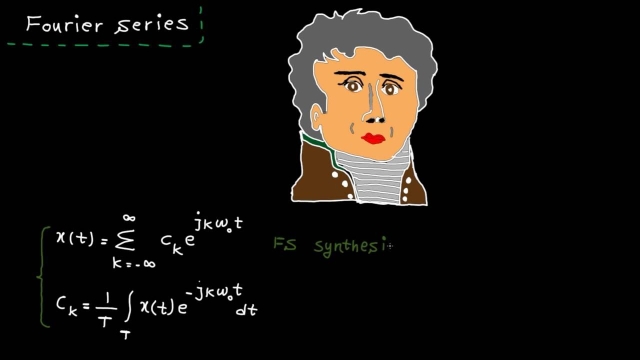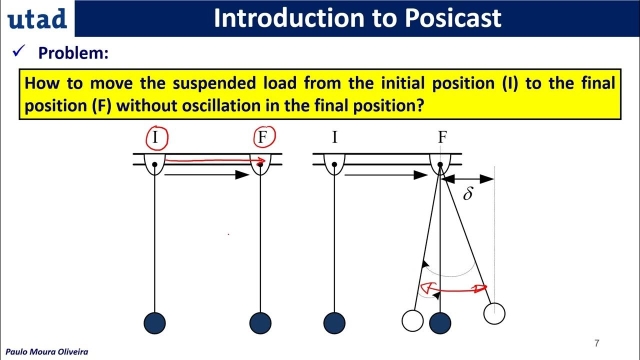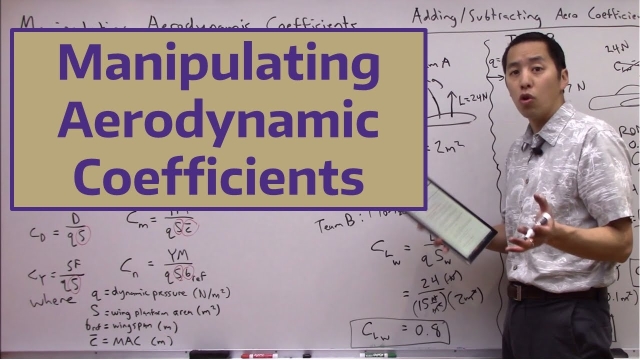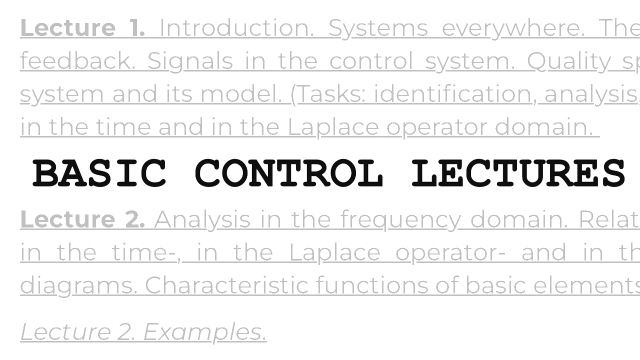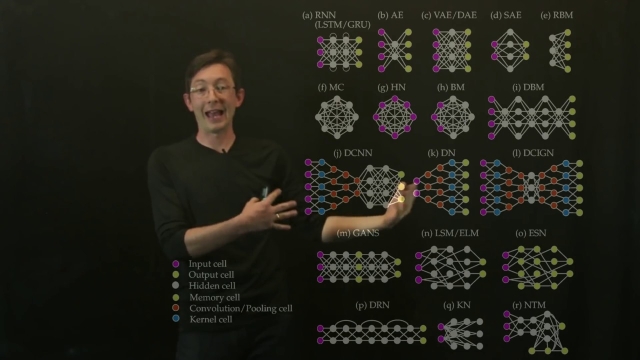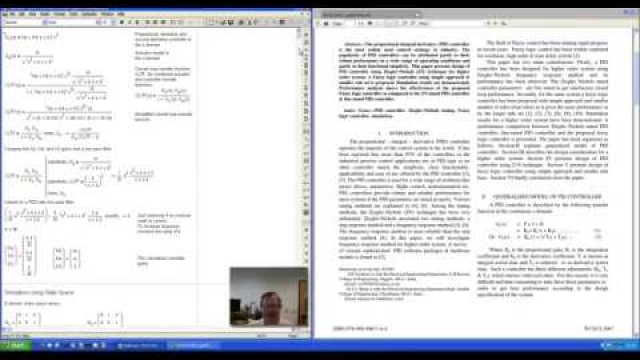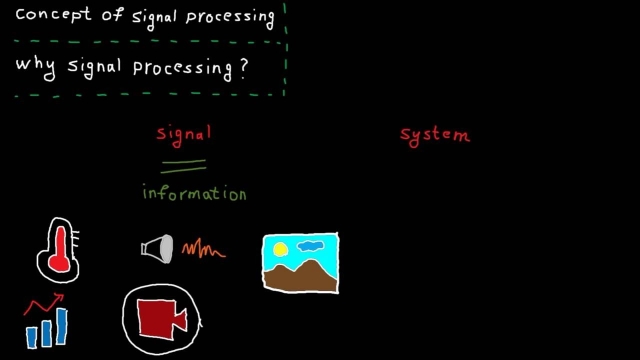
Building the Flight Controller Hardware - dRehmFlight VTOL
This video will show you how to setup and solder the default recommended hardware setup for the dRehmFlight VTOL flight controller package. This hardware configuration will work with the...
See MoreTikZ source Code: Extremum Seeking Control Block Diagram (Krstic)
TikZ source Code: Extremum Seeking Control Block Diagram (Krstic)
See MoreRL Course by David Silver - Lecture 4: Model-Free Prediction
An introduction to Monte-Carlo Learning and Temporal Difference Learning
See MoreBode Plots by Hand: Poles and Zeros at the Origin
This is a continuation of the Control Systems Lectures. This video describes the benefit of being able to approximate a Bode plot by hand and explains what a Bode plot looks like for a...
See MoreDesigning a Lag Compensator with Bode Plot
This video walks through a phase lag compensator example using the Bode Plot method.
See MoreRouth-Hurwitz Criterion, Beyond Stability
This video explains of few uses of the Routh-Hurwitz Criterion that go beyond simply determining how many poles exist in the right half plane. I cover how to determine gain margin and how...
See MoreBuilding a Matlab/Simulink Model of an Aircraft: the Research Civil Aircraft...
In this video we implement the RCAM model as a Matlab script that is called from a Simulink model. The result is a fully encapsulated Simulink model of a no...
See MoreSingular Value Decomposition (SVD): Matrix Approximation
This video describes how the singular value decomposition (SVD) can be used for matrix approximation.
See MoreSimulating the Logistic Map in Matlab
This video shows how simple it is to simulate discrete-time dynamical systems, such as the Logistic Map, in Matlab.
See MoreIntroduction to Full State Feedback Control
In this video we introduce the concept of a full state feedback controller. We discuss how to use this system to place the eigenvalues of the closed loop sys...
See MoreData-Driven Control: Eigensystem Realization Algorithm Procedure
In this lecture, we describe the eigensystem realization algorithm (ERA) in detail, including step-by-step algorithmic instructions.
See MoreSVD: Importance of Alignment [Python]
This video describes the importance of aligning data when using the singular value decomposition (SVD) (Python code).
See MoreFinal Value Theorem
In this video we discuss the Final Value Theorem. Given a signal in the Laplace domain, this allows us to predict the steady state value of the signal in th...
See MoreSliding Mode Control Design for a Robotic Manipulator
This MATLAB/Simulink example shows how to design a controller for a robotic manipulator with two actuated joints using sliding mode control (SMC). SMC is useful for systems that require...
See MoreLinear Regression 3 [Python]
This video describes how the singular value decomposition (SVD) can be used for linear regression in Python (part 3).
See MoreIntroductory course on aerial robotics, University of Pennsylvania
This course exposes you to the mechanics, design, control, and planning of robotic flight in 3 dimensional environments for micro-aerial vehicles, with an emphasis on quadrotors.
See MoreHeat Transfer Demonstration
In this video we demonstrate heat transfer through a metal bar. By heating one side of the bar we can impose a non-uniform temperature distribution across t...
See MoreControl Bootcamp: Benefits of Feedback on Cruise Control Example
Here we investigate the benefits of feedback for systems with uncertain dynamics and disturbances, as illustrated on a cruise control example.
See MoreFrequency domain – tutorial 2: Fourier series
In this video, we learn Fourier series which enables us to travel from time to the frequency domain when a signal is periodic. The following materials are co...
See MorePosicast Control - 1 ( In English)
This video is an introduction to a learning journey about Posicast Control structured as follows: - Preface - Motivation - Introduction to Posicast Control - Half-Cycle Posicast
See MoreManipulating Aerodynamic Coefficients
In this video we discuss some potential problems you may encounter when attempting to perform operations with dimensionless aerodynamic coefficients such as CL and CD.
See MoreBasic Control Lectures
Systems approach, understanding and describing the operation of systems and methods of controlling them are among the basic knowledge of engineering education. But understanding the main...
See MoreNeural Network Architectures
This lecture describes the wide variety of neural network architectures available to solve various problems.
See MorePeter Ponders PID-Fuzzy Logic vs PID
There are many academic and engineering papers showing how good fuzzy logic control is relative to PID control. Every FL vs PID paper I have seen compares...
See MoreTime domain - tutorial 1: what is signal processing?
In this video, we review the concept of signal processing and why it is useful to learn it. Learn Signal Processing 101 in 31 lectures covering time, frequen...
See More
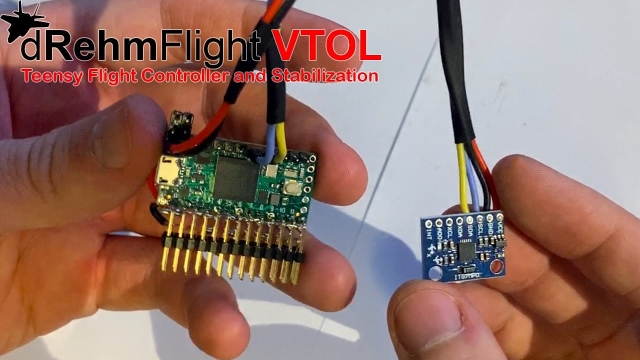
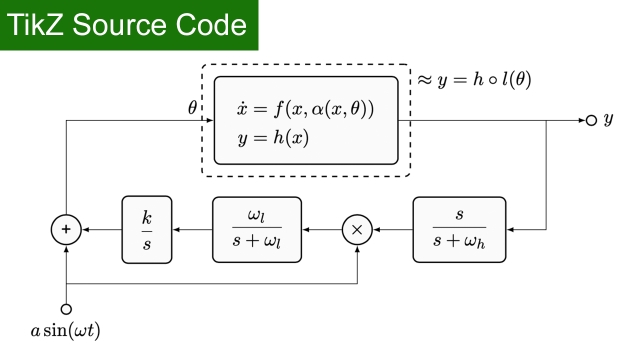
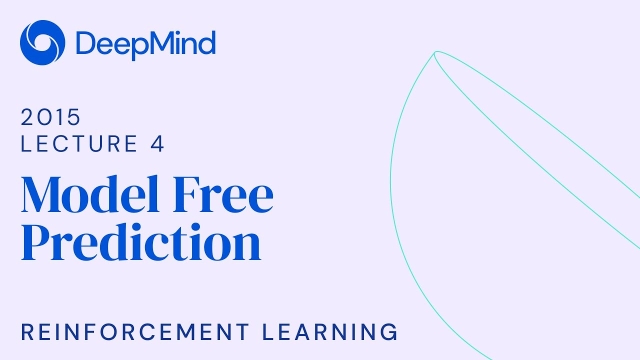
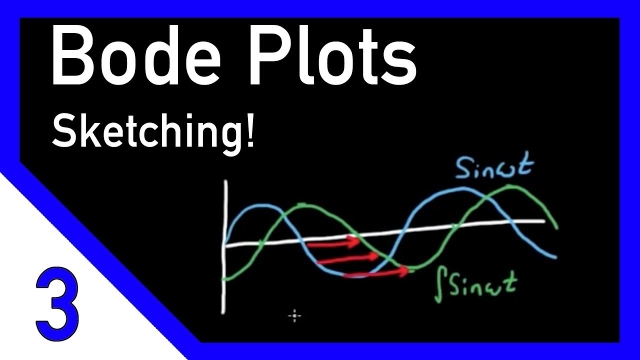
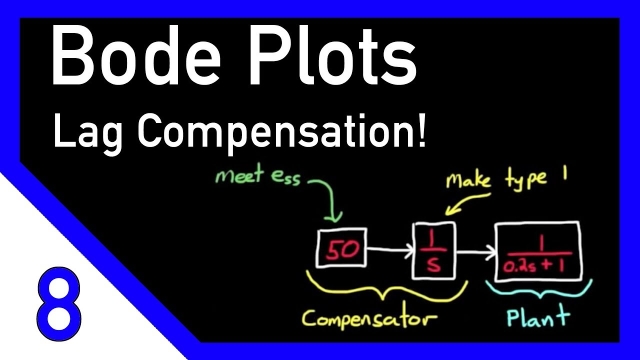

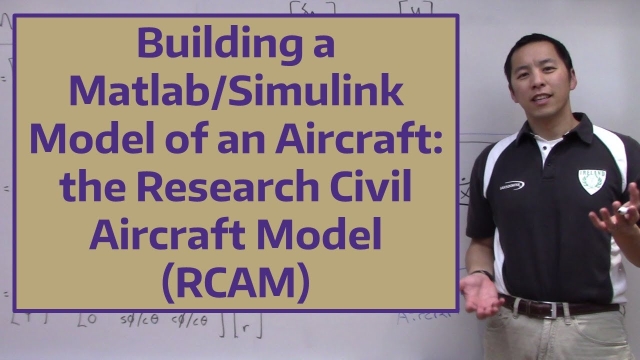
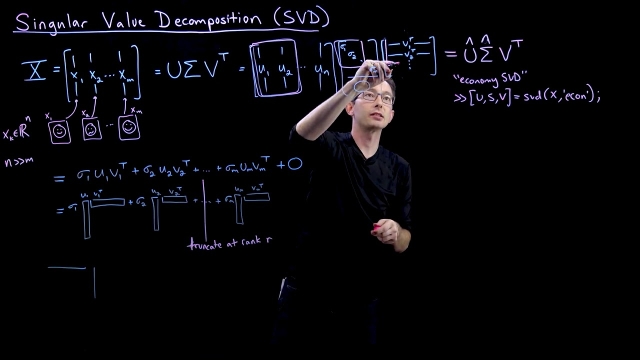
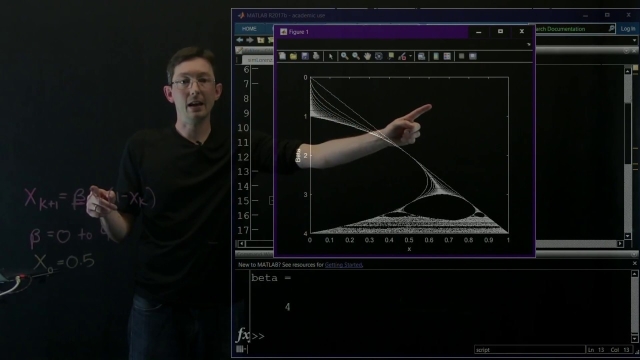
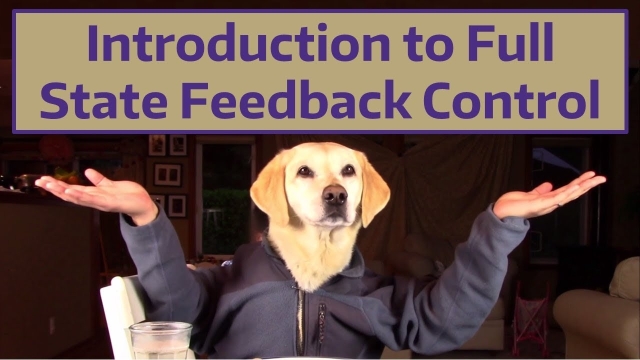
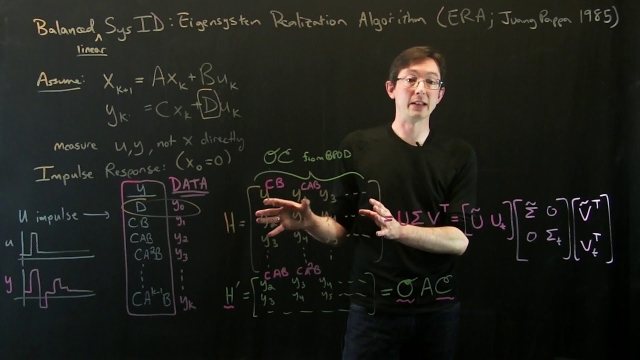
![SVD: Importance of Alignment [Python]](/sites/default/files/styles/search_resulkts/public/2020-12/maxresdefault_422.jpg?itok=Ix4uqD1g)
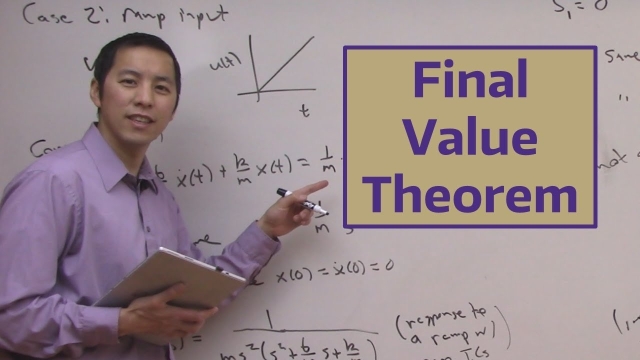
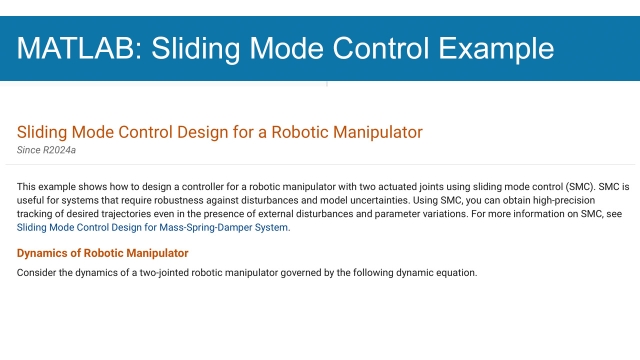
![Linear Regression 3 [Python] Linear Regression 3 [Python]](/sites/default/files/styles/search_resulkts/public/2020-12/maxresdefault_438.jpg?itok=rU8HcFY_)
